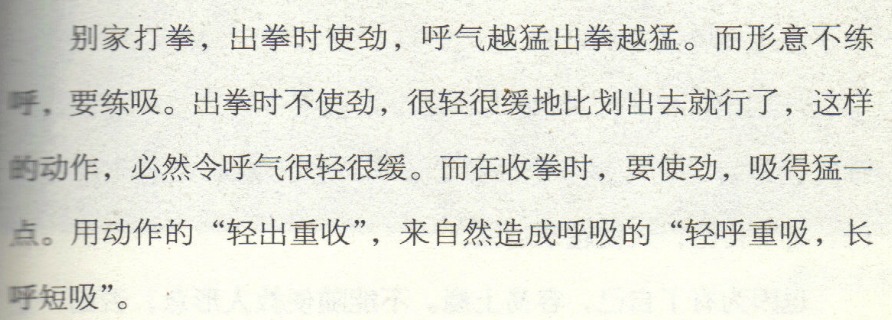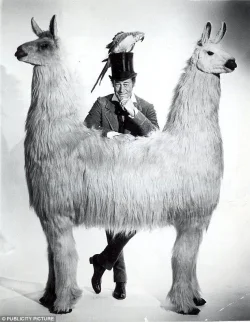One of the first things new students must be taught, besides now to walk, is how to breathe.
Breathing is easy, right? In and out. Been doing it all our lives. Don't even have to think about it. If we work out, we breathe harder, but in general, what can be taught about it?
Couple of things for the new student. Disregard if you're taught something different - this is how I was taught.
First - in through the nose, out through the mouth. Especially important when you're exerting yourself physically and you start to breathe heavily. If you start to pant like a dog, you're not going to be doing a good workout. Get control of your breathing.
It's hard. You have force yourself to not do something your body is ordering you do to. You're panting like a steam engine, and you're being told to STOP DOING THAT and your body is screaming against stopping it.
But you must. Get a deep breath. Hold it. Hands on top of your head if it helps. Stand up straight, don't bend over, get your hands off your legs. Let it out through the mouth and breath in SLOWLY through the nose.
Bring it under control. You won't pass out. Even if you did, your breathing would return to normal while you were out, you won't die. You think you'll die but you won't.
Once you have that under control, you won't even think about it much anymore. It will become your new normal. Believe me, you need that. Nearly before anything else, you need to be able to breathe properly.
Second, work on breath control as you block and strike. Nearly everyone exhales as they strike and it's fine. But practice reverse breathing; breathe in as you strike and out as you recoil. If you work out with a partner who holds a focus mitt or striking pad, you might find they tell you that you hit harder when practicing reverse breathing. I don't know why. I just know it's an eye-opener.
Third, practice dropping your wind. That means dumping all of the air out of your lungs prior to taking a strike to the midsection. Being punched in the gut or solar plexus always gets your attention, but if you drop your wind, you may find you can take the hit and continue to function, versus having the wind knocked out of you.
Being mindful of your breathing is part of your martial arts journey. It's one of the major basic aspects, like balance, like power, like speed and precision. But before anything, breathe.
Breathing is easy, right? In and out. Been doing it all our lives. Don't even have to think about it. If we work out, we breathe harder, but in general, what can be taught about it?
Couple of things for the new student. Disregard if you're taught something different - this is how I was taught.
First - in through the nose, out through the mouth. Especially important when you're exerting yourself physically and you start to breathe heavily. If you start to pant like a dog, you're not going to be doing a good workout. Get control of your breathing.
It's hard. You have force yourself to not do something your body is ordering you do to. You're panting like a steam engine, and you're being told to STOP DOING THAT and your body is screaming against stopping it.
But you must. Get a deep breath. Hold it. Hands on top of your head if it helps. Stand up straight, don't bend over, get your hands off your legs. Let it out through the mouth and breath in SLOWLY through the nose.
Bring it under control. You won't pass out. Even if you did, your breathing would return to normal while you were out, you won't die. You think you'll die but you won't.
Once you have that under control, you won't even think about it much anymore. It will become your new normal. Believe me, you need that. Nearly before anything else, you need to be able to breathe properly.
Second, work on breath control as you block and strike. Nearly everyone exhales as they strike and it's fine. But practice reverse breathing; breathe in as you strike and out as you recoil. If you work out with a partner who holds a focus mitt or striking pad, you might find they tell you that you hit harder when practicing reverse breathing. I don't know why. I just know it's an eye-opener.
Third, practice dropping your wind. That means dumping all of the air out of your lungs prior to taking a strike to the midsection. Being punched in the gut or solar plexus always gets your attention, but if you drop your wind, you may find you can take the hit and continue to function, versus having the wind knocked out of you.
Being mindful of your breathing is part of your martial arts journey. It's one of the major basic aspects, like balance, like power, like speed and precision. But before anything, breathe.


